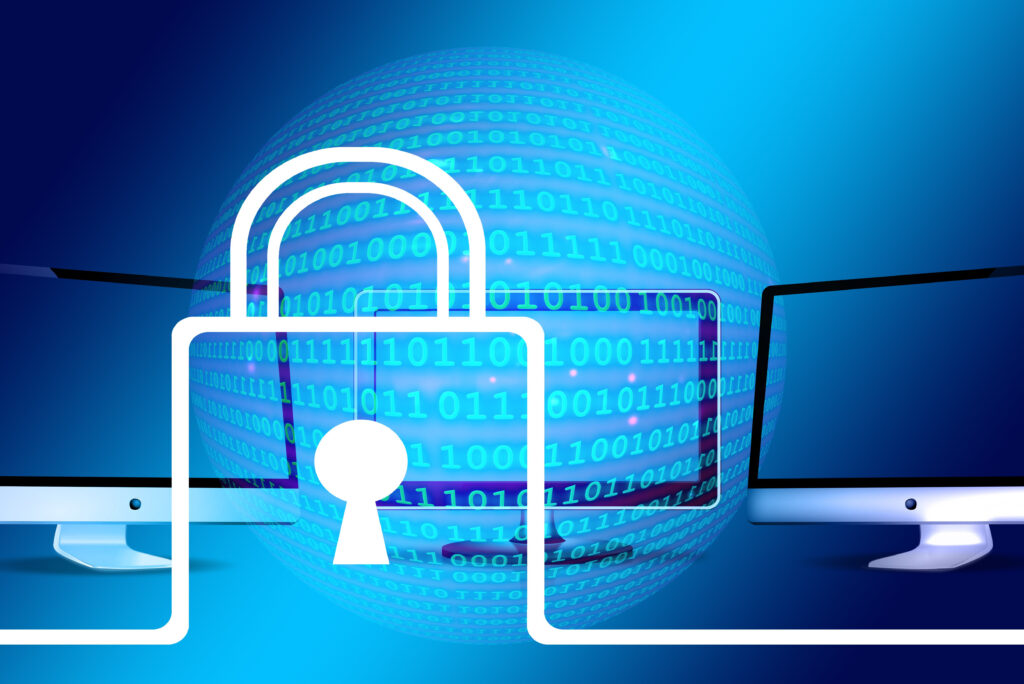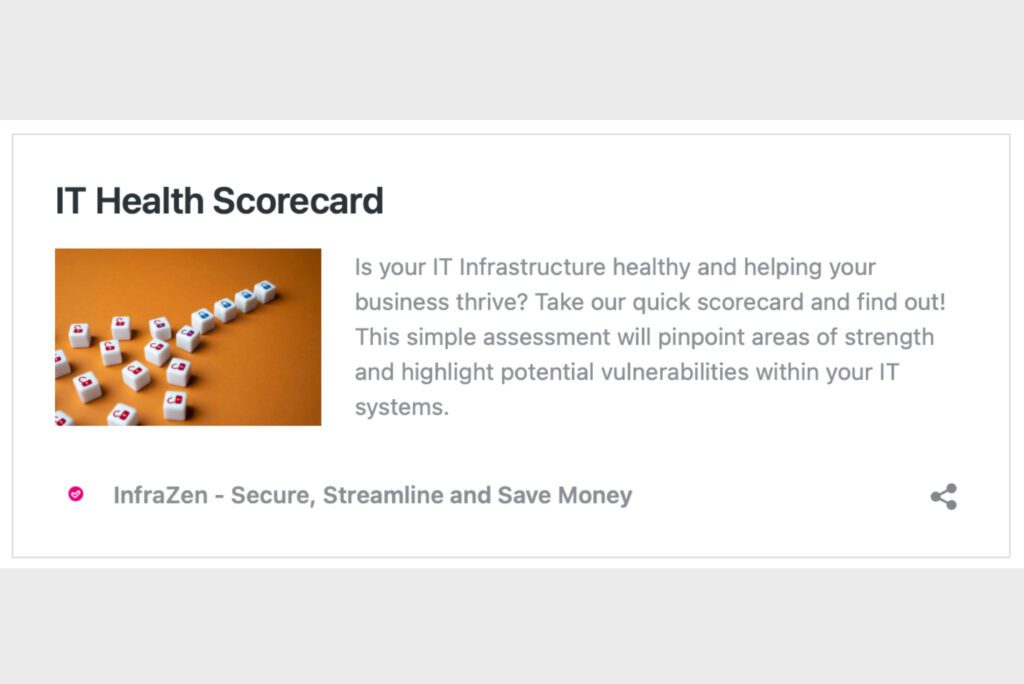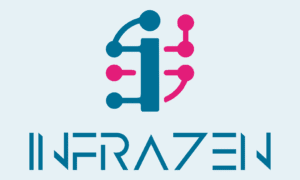Cybercrime vs cyber security in 2025

“Cybercrime is projected to cost the global economy more than $10 trillion in 2025. That’s more than the GDP of every country in the world except China and the U.S., and one of the main reasons that cybersecurity is a top priority for IT professionals in every industry.”
This quote from biztechmagazine.com is demonstrative of businesses across the world that are simply choosing NOT to take their cyber security seriously till it’s too late.
As business owners, we are very quickly learning to dispense with the oft held perception of a cyber-criminal being a ‘hoodie wearing’ teenager that sits in their parents basement, tapping away on a computer. The truth of the matter is far more disturbing: Cyber criminals are often career criminals. They are very organised, very clever and very dangerous – more than a match for the unprepared small to medium sized enterprise.
Migration to the cloud certainly does cut back on hardware and software expenses and heralds a new age in convenience but with it comes a whole new set of cyber security issues.
Financial services and the cyber threat

As the financial services industry becomes increasingly digitized, SMEs must adapt their cloud security measures to protect sensitive data and ensure regulatory compliance. This post will explore essential cloud security best practices tailored for SMEs, preparing them for the evolving cyber threats of 2025.
Understanding the Unique Cybersecurity Challenges for SMEs in Financial Services
Small and medium-sized enterprises (SMEs) in the financial services sector face unique cybersecurity challenges. These businesses often handle sensitive financial data, making them prime targets for cybercriminals. Unlike larger corporations, SMEs may lack the resources and expertise to implement robust cybersecurity measures, leaving them vulnerable to attacks.
As cyber threats evolve, SMEs must stay ahead by understanding the specific risks they face. These include phishing attacks, ransomware, and data breaches. By recognising these threats, SMEs can take proactive steps to protect their data and maintain customer trust.
Implementing Zero Trust Architecture: A Must for 2025

Zero Trust Architecture (ZTA) is becoming essential for businesses aiming to secure their cloud environments. This model operates on the principle of ‘never trust, always verify,’ meaning that no user or device is trusted by default, regardless of whether it is inside or outside the network.
For SMEs in financial services, implementing ZTA can significantly reduce the risk of unauthorised access. This involves continuous verification of user identities, strict access controls, and monitoring of all network traffic. By adopting ZTA, SMEs can ensure that only authorised users have access to sensitive data, enhancing their overall security posture.
If you’d like to know more about the zero-trust architecture click HERE.
The Role of Managed Service Providers in Strengthening Cloud Security

Managed Service Providers (MSPs) like InfraZen.tech can play a crucial role in helping SMEs bolster their cloud security. MSPs offer a range of services, including continuous monitoring, threat detection, and incident response, which can be invaluable for SMEs lacking in-house cybersecurity expertise.
By partnering with an MSP, SMEs can benefit from advanced security solutions and expert guidance, ensuring their cloud environments are secure and compliant with industry regulations. MSPs can also help SMEs implement best practices and stay updated on the latest security trends and technologies.
Best Practices for Data Encryption and Backup
Data encryption is a fundamental aspect of cloud security, ensuring that sensitive information remains protected even if it falls into the wrong hands. SMEs should implement strong encryption protocols for data at rest and in transit, making it difficult for cybercriminals to access or manipulate the data.
In addition to encryption, regular data backups are essential. Backups should be stored in multiple locations, including offline and offsite options, to protect against data loss due to cyberattacks, hardware failures, or natural disasters. SMEs should also test their backup and recovery processes regularly to ensure they can quickly restore operations in the event of an incident.
Preparing for the Future: Emerging Trends in Cloud Security

As we approach 2025, several emerging trends in cloud security are worth noting. These include the increasing use of artificial intelligence and machine learning to detect and respond to threats in real-time, the growing importance of regulatory compliance, and the rise of secure access service edge (SASE) solutions, which combine network security and wide-area networking capabilities. We will delve more into these in a later post but for now…
YOUR SME should stay informed about these trends and consider how you can integrate new technologies and methodologies into your security strategies. By doing so, you can remain resilient against evolving cyber threats and continue to protect your valuable financial data.
How Well is Your Current IT Performing?
As well as being safe from emerging cyber threats it is important to remember that your business tech is there for a reason, and that is to save AND generate revenue. As one of the north east’s leading MSPs that is certainly something we help with – seamlessly integrating your IT into your business processes and making sure your technology is perfectly matched to your current and projected goals. Keep us in mind if you’d like to supercharge your bottom line.
Until then, take our free test and find out how well your current technology is performing. Click the image below.


